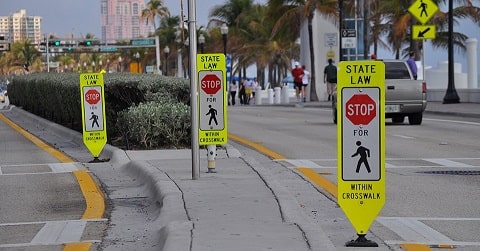History of the Stop Sign
By the age of two, most children recognize stop signs, with the iconic octagonal shape, red background and white lettering.
It wasn’t always this way. The first stop sign, installed in 1915, looked completely different with a white background, black lettering and square shape. In 1923, the stop sign gained its familiar octagonal shape under the recommendation of the Mississippi Valley Association of State Highway Departments.
The next transformation of the stop sign was its color. In 1935, the Manual on Uniform Traffic Control Devices created standards for the colors of traffic signs, giving the stop sign black lettering on a yellow background. Finally, following the color-coding system of railroad and traffic signals, the stop sign got its distinctive red color that we know today.
The stop sign is so recognizable that in recent years, some experts have recommended getting rid of the stop sign, thinking that drivers will slow down and pay more attention to their surroundings as a result of not knowing what to do. While many cities are experimenting with this idea, we don’t think the stop sign is going anywhere just yet.
More reading:
Read about the German town of Bohmte’s “Shared Space” traffic management philosophy







